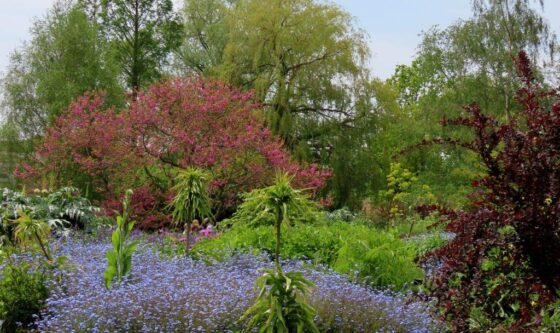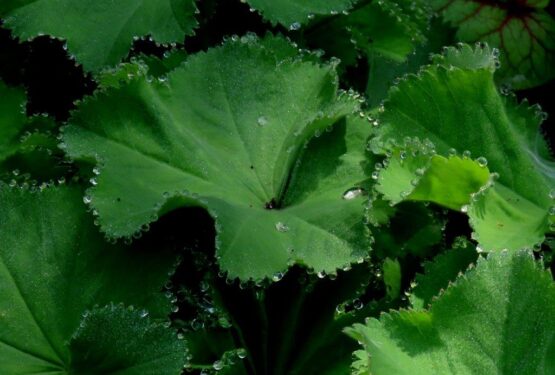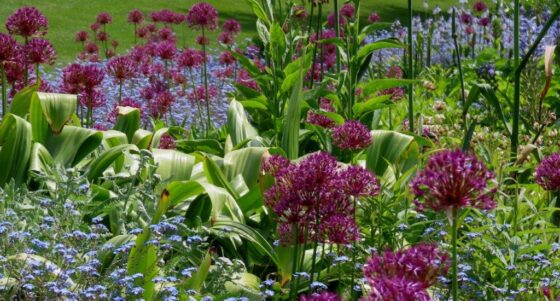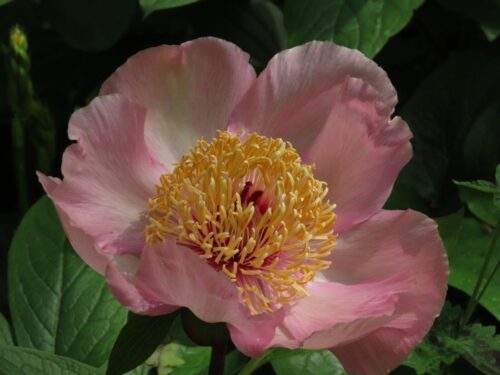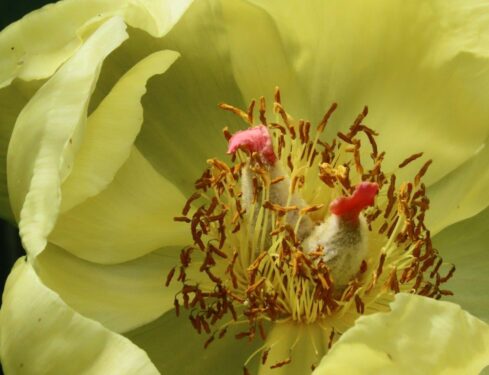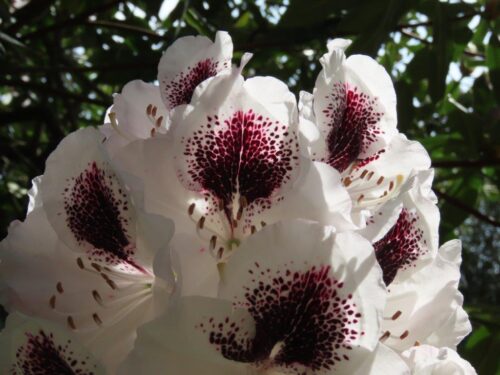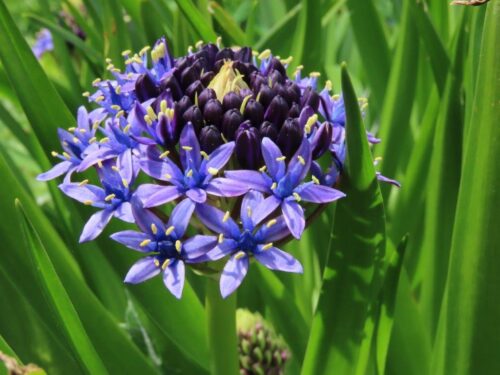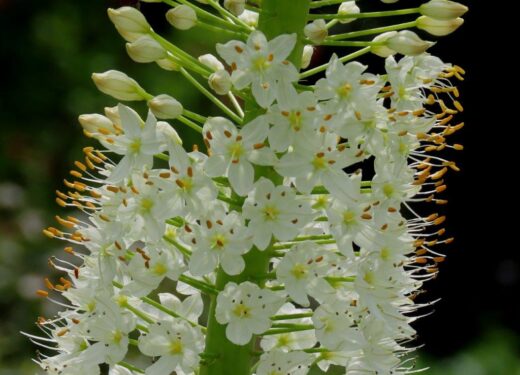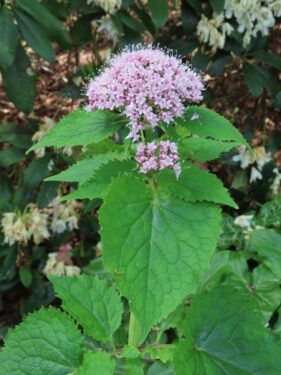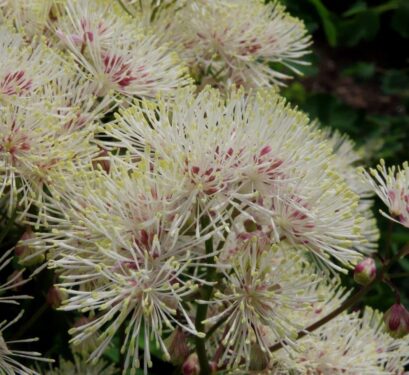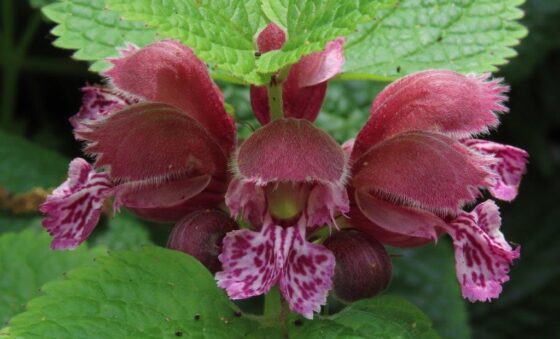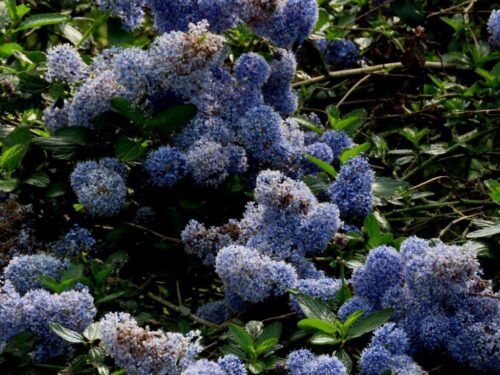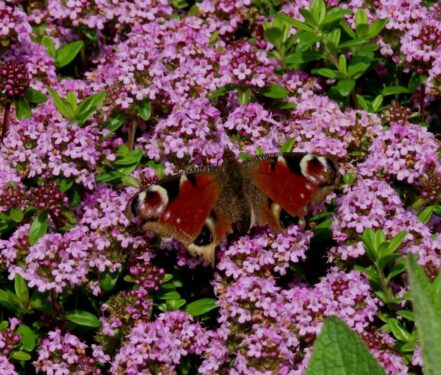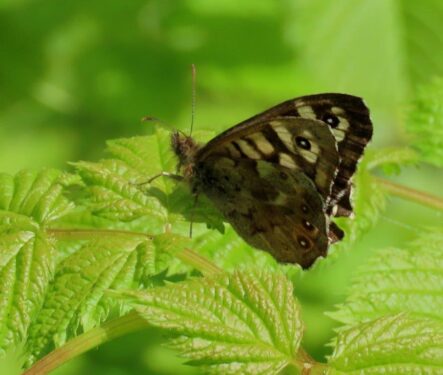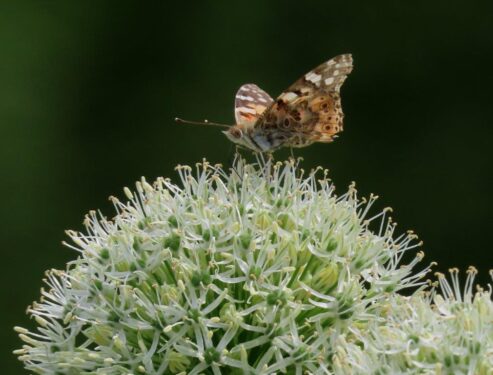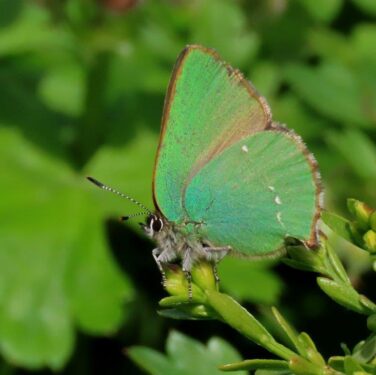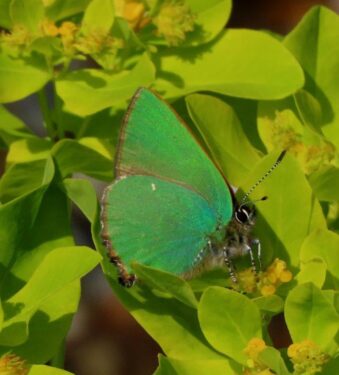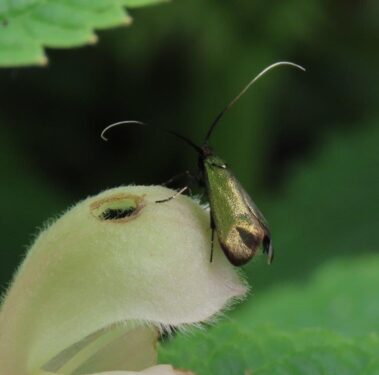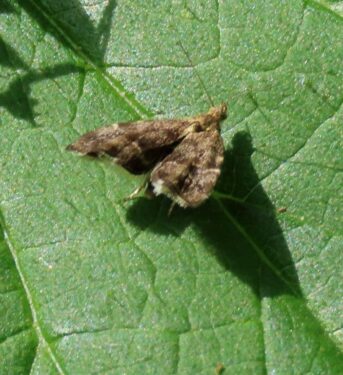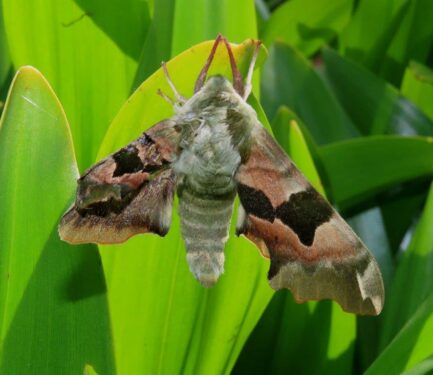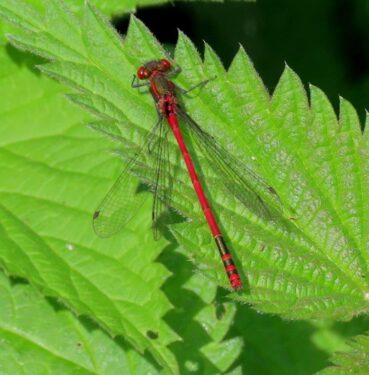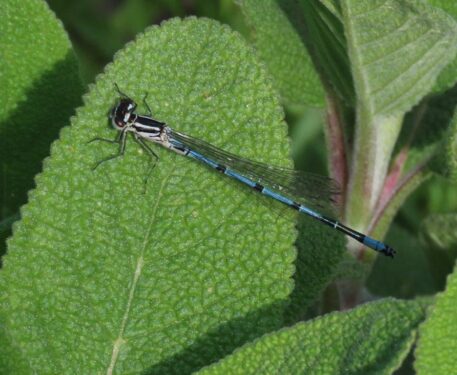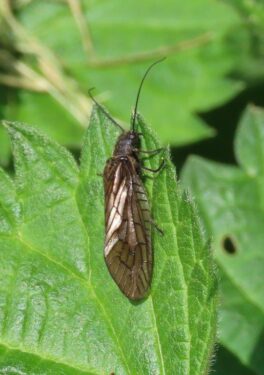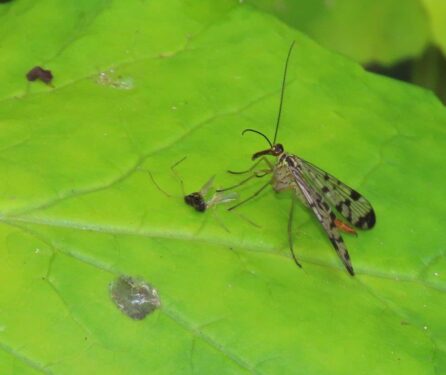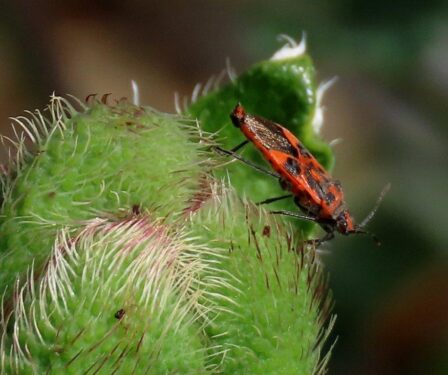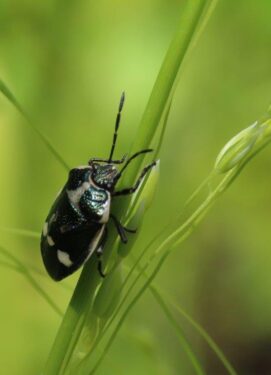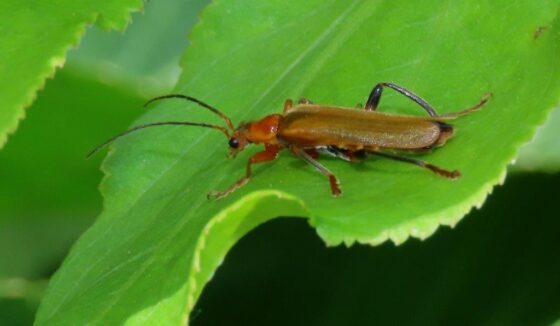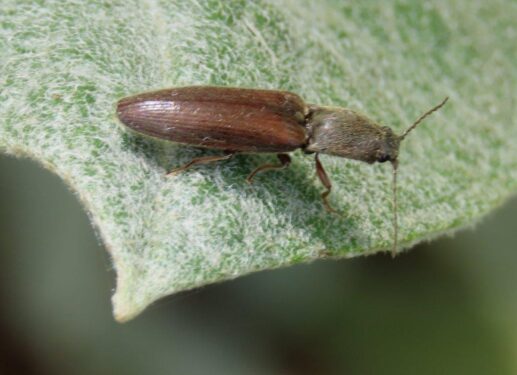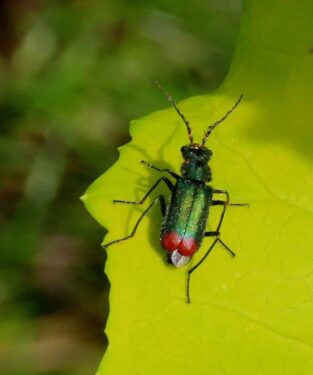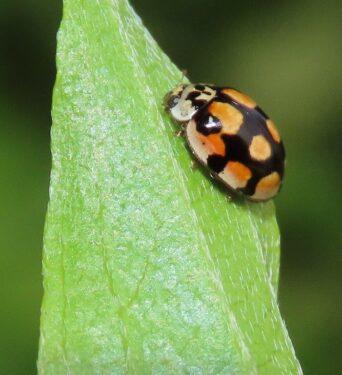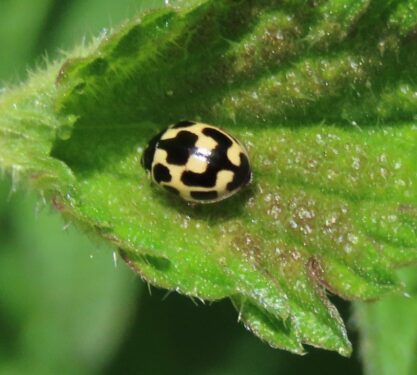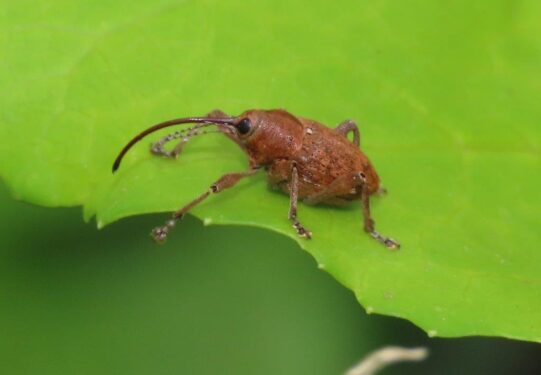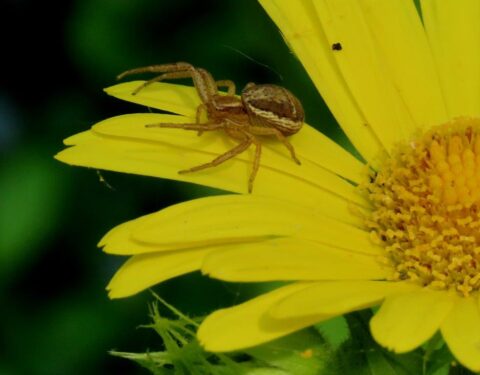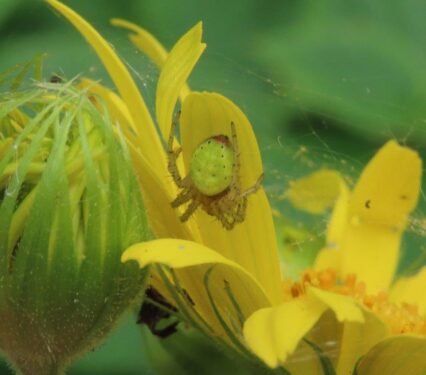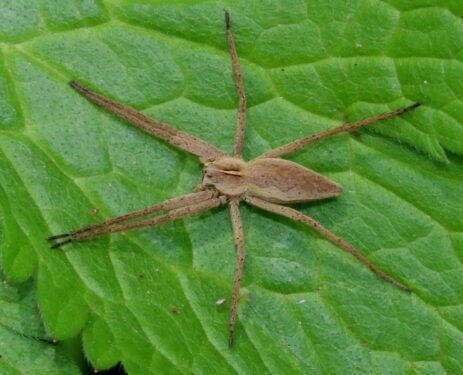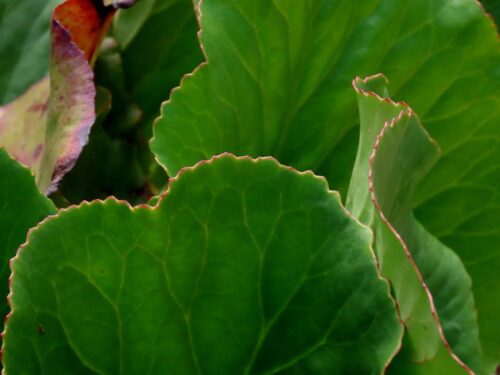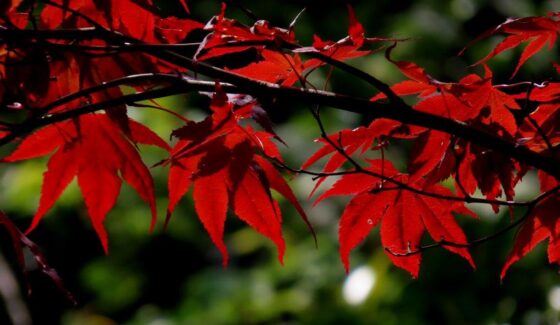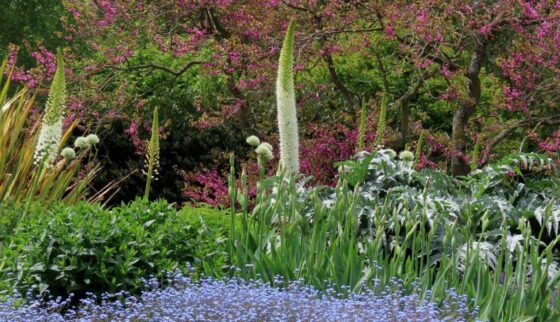For much of May, the poor spring weather continued, still on the cool side, but in a complete reversal from April, it was one of the wettest on record. Spring came late and, running fast to catch up with itself, the last few days of the month saw a headlong tumble into summer…
For a variety of reasons (one of which of course was the seemingly interminable rain), we were not in the garden until the very end of May, by which time the moisture had turned it into an oasis of lush green, in total contrast to last year when by now we were already in the grip of the first extended drought. The wonderful, unpredictable vagaries of British weather!
Pollen and nectar providers (otherwise known as flowers!) are now coming to the fore, from the large, open blooms and spikes with exposed stamens whose resources are available to all …
… to the more closed flowers of Lamium orvala which requires something of the bulk of a bumblebee to expose its riches.
As always, there are some botanical superstars attracting more than their fair share of passing insects: at the end of May, these included Ceanothus and Thymus.
Aside from the rather tattered Peacocks (they have been around since last autumn, and withstood the rigours of hibernation, a freezing April and May gales and rain), other butterflies and moths are now emerging. Fresh Speckled Woods for a new season, and a not-so-fresh Painted Lady, quite likely because as a migratory species, it hatched somewhere around the Mediterranean.
It was particularly exciting to see half a dozen flying jewels in the form of Green Hairstreaks. Normally emerging from late April, we have scoured likely habitats in north-east Essex all month, but to no avail. But at the end of May, here they were, performing on cue to my group from Honeyguide Wildlife Holidays, sparkling emerald highlights for our very last walk of the week. That’s timing!
Moths too are appearing, from tiny Green Longhorns and Nettle Taps to the relatively huge Lime Hawk-moth which had just emerged from its pupa, pumping up its wings in the Reservoir Garden:
As the pond water has gradually warmed up, aquatic insects are appearing, including Large Red and Azure Damselflies…
… along with Alderflies and their non-aquatic relatives Scorpion-flies.
Add to that a bewildering variety of true bugs and beetles…
… of course also with predators such as spiders, thus completing the ecosystem cycle.
With the headlong tumble into summer, now is the time to come and visit more frequently to avoid the season slipping away! To book a ticket, please visit the website Entrance – Beth Chatto’s Plants & Gardens: whether you interest is plants or wildlife, you will not be disappointed.
